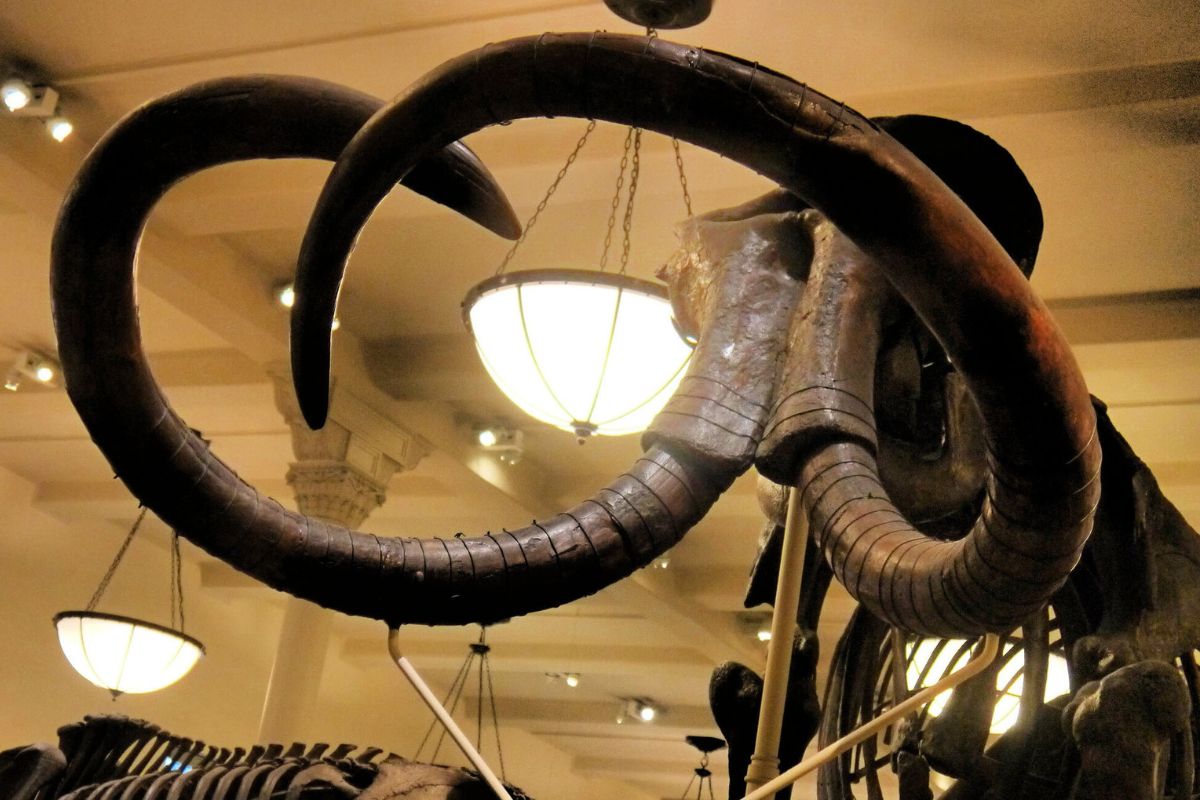Vermont Marble Museum’s Geological Secrets

Have you ever wondered about the stories hidden within stones? The Vermont Marble Museum offers a peek into the fascinating world of geology and history. Nestled in Proctor, Vermont, this museum showcases the rich legacy of marble, a rock that has shaped architecture and art for centuries. Visitors can learn about the quarrying process, see stunning sculptures, and even touch the cool, smooth surfaces of marble slabs. The museum also highlights the role of marble in iconic structures like the U.S. Capitol and the Jefferson Memorial. Whether you're a history buff or just curious about rocks, this museum provides a unique glimpse into the past. It's a place where stone comes alive, telling tales of ancient seas and the hands that shaped them.
Discovering the Vermont Marble Museum
Nestled in the heart of Proctor, Vermont, the Vermont Marble Museum is a treasure chest of geological wonders. This museum offers a glimpse into the fascinating world of marble, its history, and its impact on the region. Let's explore some of the geological secrets waiting to be uncovered.
The Origins of Vermont Marble
Understanding the origins of Vermont marble is like peeling back layers of time. This natural stone has a rich history that dates back millions of years, formed under intense heat and pressure.
Ancient Sea Beds
Long ago, Vermont was covered by a shallow sea. Over time, the accumulation of marine life and sediment formed limestone, which eventually transformed into marble through geological processes.Metamorphic Marvel
The intense heat and pressure from tectonic activity metamorphosed limestone into the stunning marble we see today. This process gives Vermont marble its unique characteristics and beauty.
The Art of Marble Quarrying
Quarrying marble is both an art and a science. The Vermont Marble Museum showcases the techniques and tools used throughout history to extract this precious stone.
Hand Tools of the Past
Early quarry workers relied on simple hand tools like chisels and hammers. These tools required skill and precision to extract marble blocks without damaging them.Modern Machinery
Today, advanced machinery has revolutionized marble quarrying. Diamond wire saws and hydraulic drills make the process more efficient, allowing for larger and more precise cuts.
The Role of Marble in Architecture
Vermont marble has played a significant role in architecture, both locally and nationally. Its durability and beauty make it a favored material for various structures.
Iconic Buildings
Many iconic buildings, such as the U.S. Supreme Court and the Jefferson Memorial, feature Vermont marble. Its timeless elegance adds grandeur to these structures.Local Landmarks
In Vermont, marble is used in local landmarks like churches and public buildings. These structures stand as a testament to the region's rich geological heritage.
The Environmental Impact of Marble Quarrying
While marble quarrying has economic benefits, it also poses environmental challenges. The Vermont Marble Museum addresses these issues and highlights sustainable practices.
Habitat Disruption
Quarrying can disrupt local ecosystems, affecting wildlife habitats. Efforts are being made to minimize these impacts through careful planning and restoration projects.Water Management
Managing water resources is crucial in quarrying operations. Innovative techniques are employed to reduce water usage and prevent contamination of nearby water bodies.
The Future of Vermont Marble
As we look to the future, Vermont marble continues to inspire artists, architects, and geologists. The museum offers a glimpse into how this timeless material will shape the world.
Artistic Creations
Artists are finding new ways to incorporate marble into their work, creating stunning sculptures and installations that captivate audiences.Sustainable Practices
The industry is moving towards more sustainable practices, ensuring that Vermont marble remains a cherished resource for generations to come.
Discovering Vermont's Hidden Treasures
Vermont Marble Museum offers more than just a peek into the world of geology. It tells stories of artistry, history, and innovation. Visitors can see how marble shaped the landscape and culture of Vermont. The museum's exhibits showcase the craftsmanship and dedication of those who worked with this beautiful stone. From ancient fossils to modern sculptures, each piece reveals a part of Earth's history. The museum also highlights the environmental and economic impact of marble quarrying. It's a reminder of how natural resources can shape a community. Whether you're a history buff, an art lover, or just curious about the natural world, the Vermont Marble Museum has something for everyone. It's a place where past and present meet, offering a unique glimpse into the geological wonders of Vermont.

